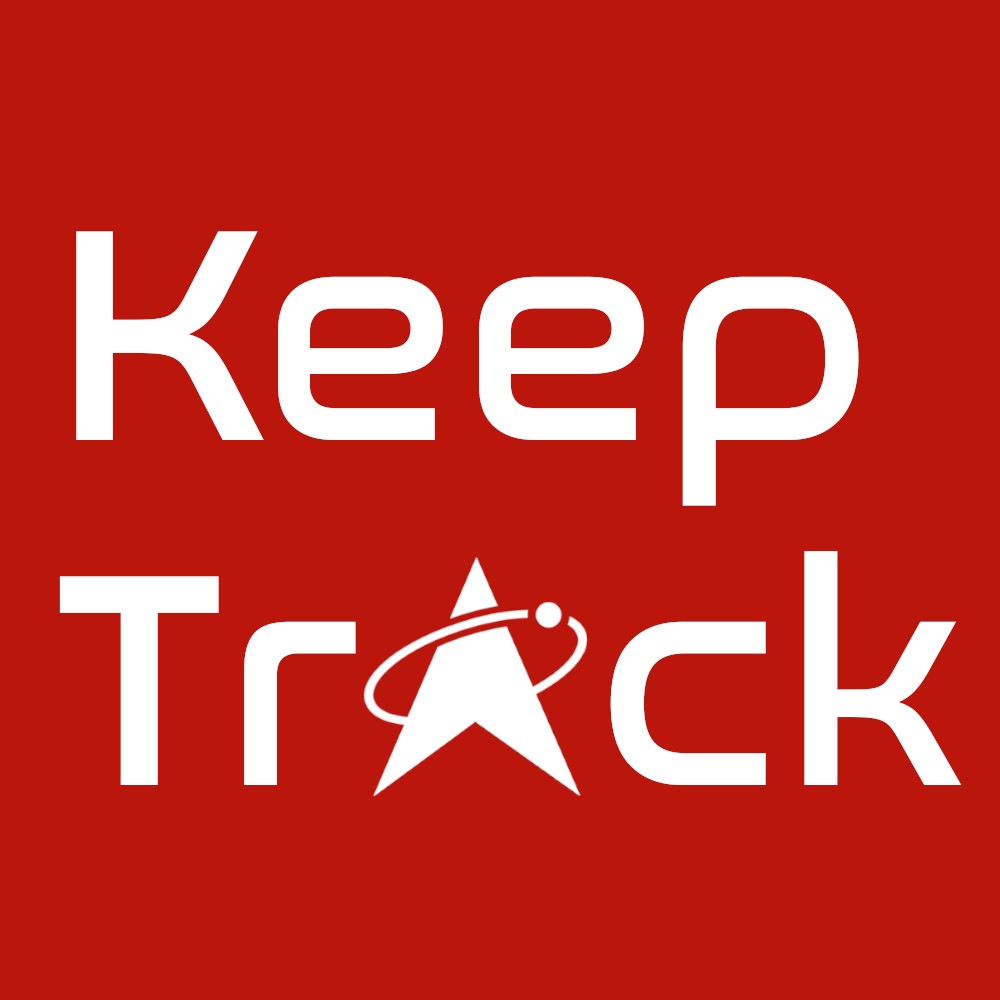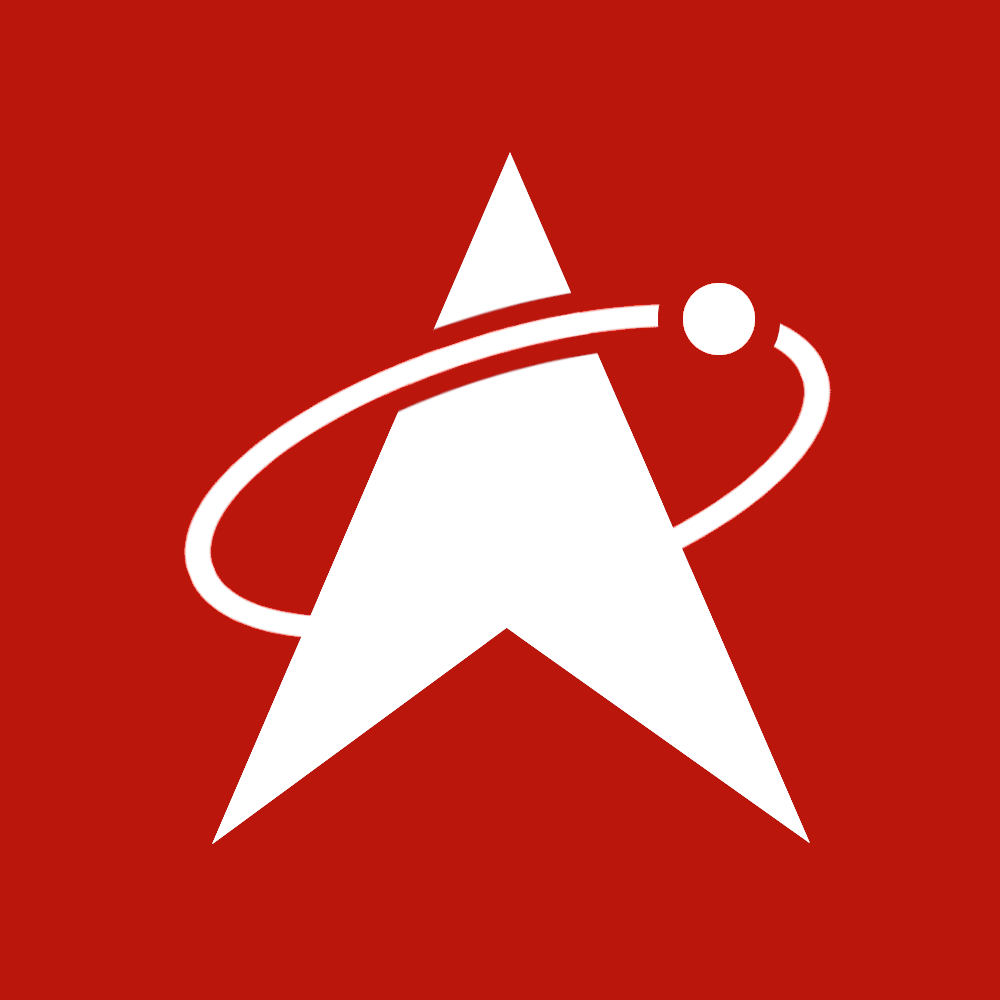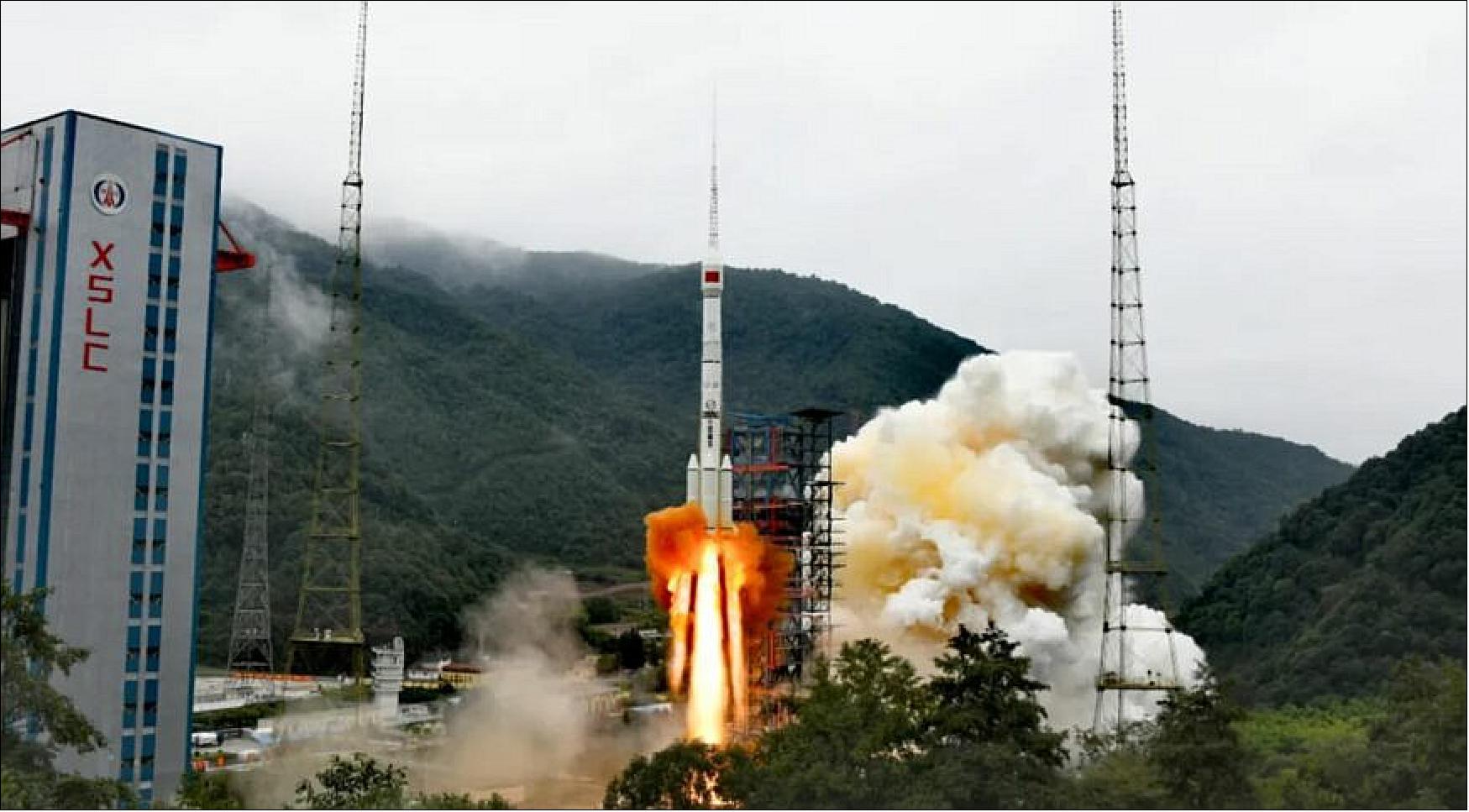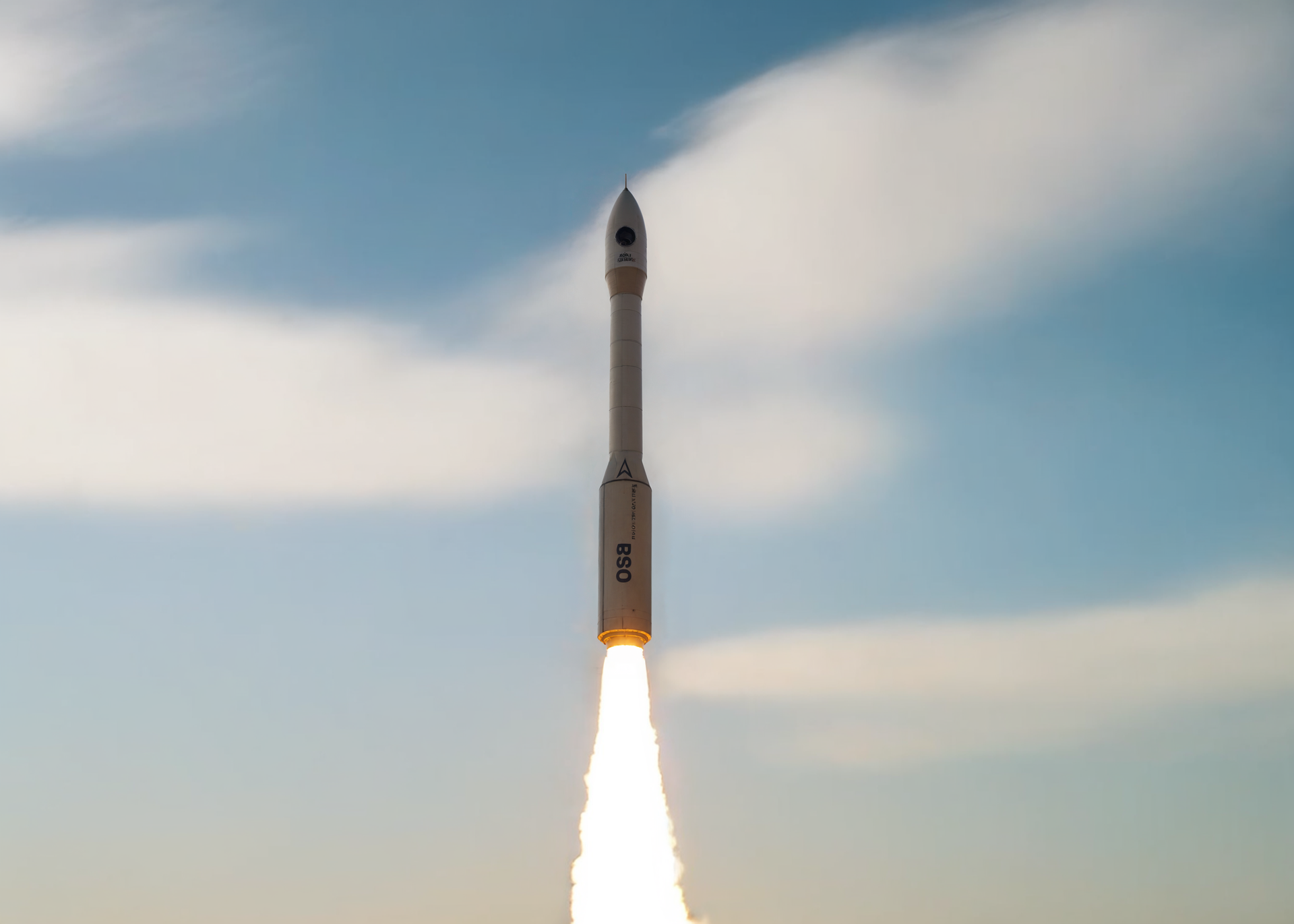· space brief · 5 min read
Space Brief 30 Oct 2024
Today's briefing covers China's successful Shenzhou 19 launch to the Tiangong space station, NASA's upcoming spacewalks plan after a spacesuit issue, and innovative propulsion research for space journeys.
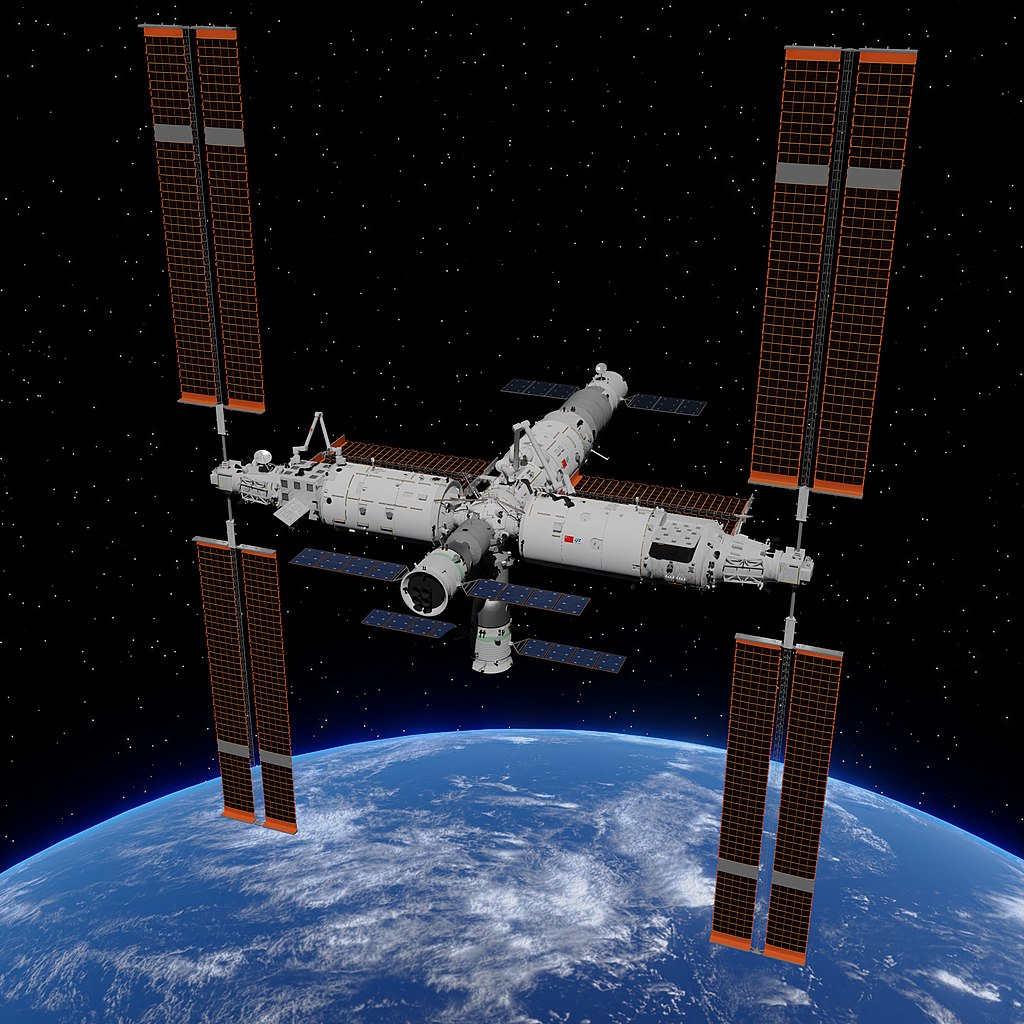
📄Top Stories
China’s Shenzhou 19 mission successfully launched a three-person crew, including the nation’s only female spaceflight engineer, to the Tiangong space station. Meanwhile, NASA has set its sights on resuming spacewalks on the ISS in 2025 following a spacesuit issue earlier this year. Additionally, researchers are making strides in multimode propulsion, potentially revolutionizing spacecraft trips to lunar destinations and beyond.
📰Detailed Coverage
China Launches Shenzhou 19 Crew to Tiangong
China’s ambitious human spaceflight program continues with the successful launch of Shenzhou 19, sending three astronauts to the Tiangong space station. The crew, which includes Commander Cai Xuzhe, seasoned from previous missions, is set to spend six months on the station, partaking in numerous experiments and performing extravehicular activities aimed at enhancing the station’s capabilities.
This mission marks a significant milestone in China’s space endeavors, particularly in terms of crewed missions and collaborative international experiments. The long-term presence at Tiangong facilities signals China’s intent to maintain a permanent human presence in space, posing potential opportunities for satellite tracking of onboard experiments and station operations.
Read the full story: Space.com
NASA Ready to Restart ISS Spacewalks in 2025
Following a temporary suspension due to spacesuit issues, NASA has announced plans to resume spacewalks at the International Space Station in 2025. This decision follows a series of adjustments and repairs to ensure astronaut safety during these critical operations. The affected spacesuit’s seal and umbilical were successfully replaced, clearing the way for future extravehicular activities.
This update is significant for satellite tracking as spacewalks often involve the installation and maintenance of instruments critical to Earth observation and space environment monitoring. Utilizing our web app, users can keep tabs on these spacewalks and analyze their implications on satellite operations.
Read the full story: Space.com
Advancements in Multimode Propulsion
Researchers at the University of Illinois Urbana-Champaign have developed advanced techniques in multimode propulsion, offering potential enhancements in spacecraft efficiency for missions to the moon and beyond. This propulsion system merges different modes, providing flexibility and optimization in fuel usage for space travel.
Multimode propulsion represents a shift in propulsion technology; its application could significantly impact future satellite deployment and repositioning strategies, ensuring more sustainable mission profiles and the capability to track complex flight paths using our platform.
Read the full story: Phys.org
Vital Air Monitoring on the ISS
NASA has unveiled the latest findings from its Spacecraft Atmosphere Monitor on the ISS, capable of real-time air quality assessment to ensure crew safety by detecting volatile organics and particulates. This innovative tool has proven crucial in maintaining sustainable living conditions on the station.
For satellite tracking enthusiasts, this advancement underscores the pivotal role of onboard monitoring systems, which can be observed for operational wellness from our tracking app, as these contribute directly to the extended mission durations of satellites and crewed stations in space.
Read the full story: NASA
🛰️Satellite Spotlight
- Satellite Name: POPACS 1
- NORAD ID: 39268
- Launch Date: 2013-09-29
- Mission: The Passive Orbital Parameters Rapid Assessment by Spacewatch (POPACS) satellite is designed to measure atmospheric density variations.
- Orbit: Inclination: 80.9758°, Period: 95.503 minutes, Eccentricity: 0.0352039
- Operator: POPACS
- Fun Fact: POPACS 1 is part of a trio launched to help in understanding how atmospheric drag affects orbital decay, crucial for long-term satellite orbit maintenance.
Current TLE Data:
1 39268U 13055D 24298.45153258 .00061674 -13862-6 88457-3 0 99996
2 39268 80.9758 1.3234 0352039 32.8845 329.3749 15.07805968579908
Track this satellite in real-time on our web app: Track POPACS 1
🚀Upcoming Space Launches
October 30
- SpaceX Falcon 9:
- Starlink Group 9-9 from Vandenberg Space Force Base, CA, USA (11:07 UTC) A batch of 20 satellites for the Starlink mega-constellation – SpaceX’s project for space-based Internet communication system.
- SpaceX Falcon 9:
- Starlink Group 10-13 from Cape Canaveral SFS, FL, USA (21:10 UTC) A batch of satellites for the Starlink mega-constellation – SpaceX’s project for space-based Internet communication system.
October 31
- Russian Space Forces Soyuz 2.1b:
- Kosmos (Unknown Payload) from Plesetsk Cosmodrome, Russian Federation (07:00 UTC) Russian military payload of unknown purposes.
November 2
- Mitsubishi Heavy Industries H3-22:
- DSN 3 (Kirameki 3) from Tanegashima Space Center, Japan (06:46 UTC) DSN 3, also known as Kirameki 3, is a geostationary communications satellite for military communications by the Japanese military.
- SpaceX Falcon 9:
- Starlink Group 9-10 from Vandenberg Space Force Base, CA, USA (08:56 UTC) A batch of satellites for the Starlink mega-constellation – SpaceX’s project for space-based Internet communication system.
November 3
- SpaceX Falcon 9:
- Starlink Group 6-77 from Cape Canaveral SFS, FL, USA (21:57 UTC) A batch of satellites for the Starlink mega-constellation – SpaceX’s project for space-based Internet communication system.
November 4
- Rocket Lab Electron:
- Changes In Latitudes, Changes In Attitudes from Rocket Lab Launch Complex 1, Mahia Peninsula, New Zealand (10:30 UTC) Launch of a yet to be identified satellite to SSO for an undisclosed customer, suspected to be E-Space.
- ROSCOSMOS Soyuz 2.1b/Fregat-M:
- Ionosfera-M 1 & 2 from Vostochny Cosmodrome, Siberia, Russian Federation (23:18 UTC) Ionosfera is a constellation of four ionospheric and magnetospheric research satellites developed for Roscosmos for the project Ionozond.
November 5
- SpaceX Falcon 9:
- Dragon CRS-2 SpX-31 from Kennedy Space Center, FL, USA (02:29 UTC) 31st commercial resupply services mission to the International Space Station operated by SpaceX, including critical materials to support science and research investigations onboard.
Note: Launch dates and times are subject to change due to technical or weather considerations.
